Archives
- 2018-07
- 2018-10
- 2018-11
- 2019-04
- 2019-05
- 2019-06
- 2019-07
- 2019-08
- 2019-09
- 2019-10
- 2019-11
- 2019-12
- 2020-01
- 2020-02
- 2020-03
- 2020-04
- 2020-05
- 2020-06
- 2020-07
- 2020-08
- 2020-09
- 2020-10
- 2020-11
- 2020-12
- 2021-01
- 2021-02
- 2021-03
- 2021-04
- 2021-05
- 2021-06
- 2021-07
- 2021-08
- 2021-09
- 2021-10
- 2021-11
- 2021-12
- 2022-01
- 2022-02
- 2022-03
- 2022-04
- 2022-05
- 2022-06
- 2022-07
- 2022-08
- 2022-09
- 2022-10
- 2022-11
- 2022-12
- 2023-01
- 2023-02
- 2023-03
- 2023-04
- 2023-05
- 2023-06
- 2023-08
- 2023-09
- 2023-10
- 2023-11
- 2023-12
- 2024-01
- 2024-02
- 2024-03
- 2024-04
- 2024-05
- 2024-06
- 2024-07
- 2024-08
- 2024-09
- 2024-10
- 2024-11
- 2024-12
- 2025-01
- 2025-02
- 2025-03
-
A key inciting event in atherosclerosis
2021-05-19
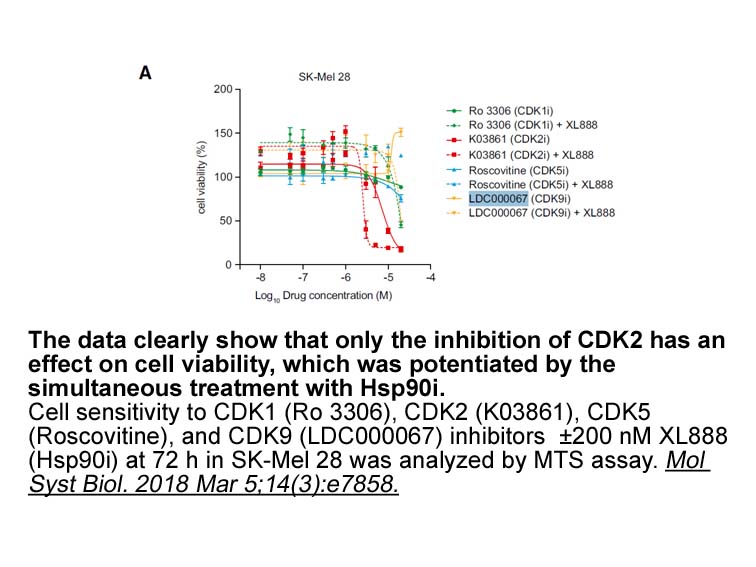
A key inciting event in atherosclerosis is the deposition of circulating low-density lipoprotein (LDL) in the subendothelial space of major arteries. In the subendothelium, native LDL is no longer protected by circulating antioxidants and is oxidatively modified to oxidized LDL (OxLDL) [5]. OxLDL is
-
br Acknowledgements The study of RING type E s
2021-05-19
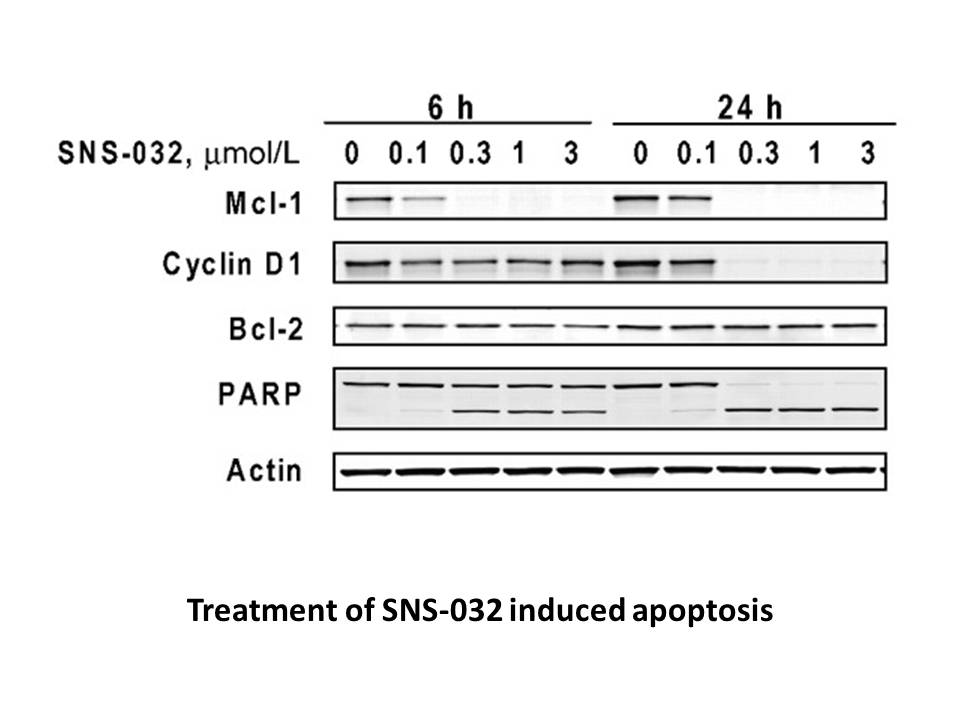
Acknowledgements The study of RING-type E3s continues to grow extremely rapidly. We regret that it was possible to only cite a fraction of the outstanding primary publications in this field. This work was supported by the National Institute of General Medical Sciences grants R01 GM088055 and R01
-
There is literature precedence for the metabolic activation
2021-05-18

There is literature precedence for the metabolic activation of the methylene carbons adjacent to the ring oxygen(s) of dioxanes and benzopyrans resulting in ring-opened electrophilic carbonyl species. Based on the potential for this metabolic pathway being operative with , a steric block approach wa
-
One possible explanation for differences in
2021-05-18
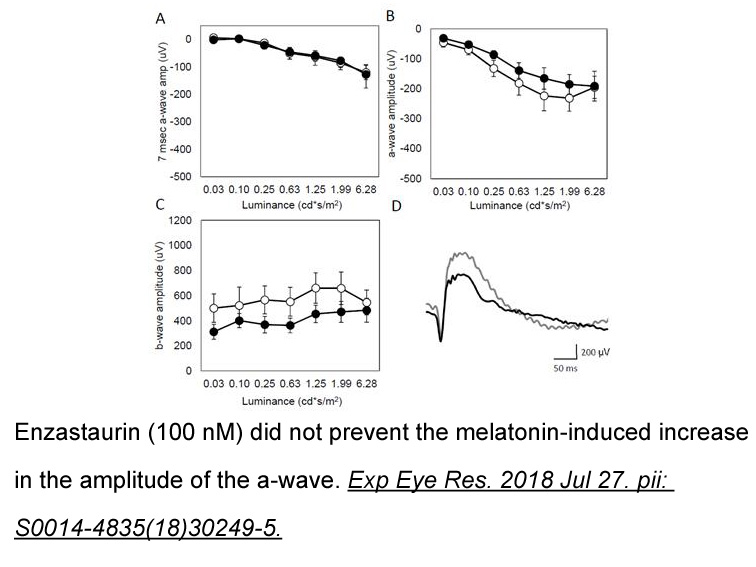
One possible explanation for differences in the binding ability of monomeric versus dimeric forms of DDR2 ECD to collagen could be that the monomeric form only binds to the primary GVMGFO site, whereas dimeric (and oligomeric) DDR2 ECD binds to additional sites on the collagen triple-helical molecul
-
The sex dimorphic expression of mouse CYP A is
2021-05-18
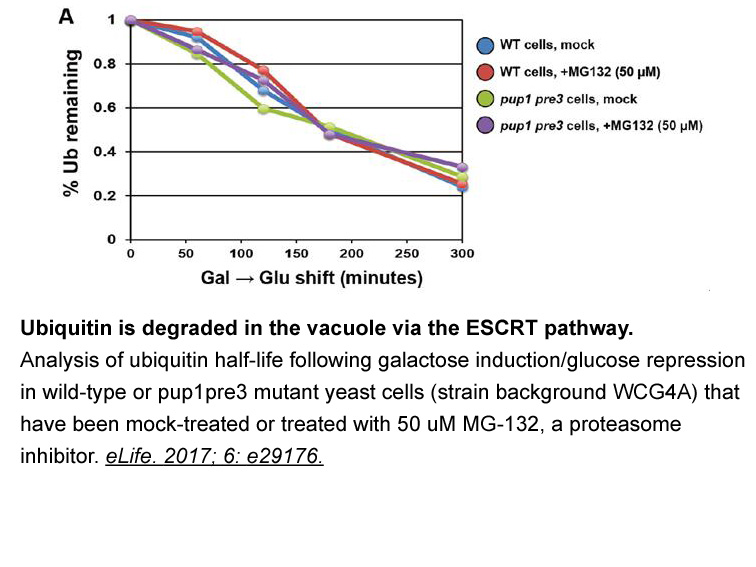
The sex-dimorphic IL-18, human recombinant protein of mouse CYP3A is partially due to sex-dimorphic plasma GH profile which is a decisive factor in the regulation of sexspecific CYP isoforms [14]. Nevertheless, in our study we did not observe any changes in plasma GH levels in either mouse sex with
-
br CXCR CXCR is a
2021-05-18
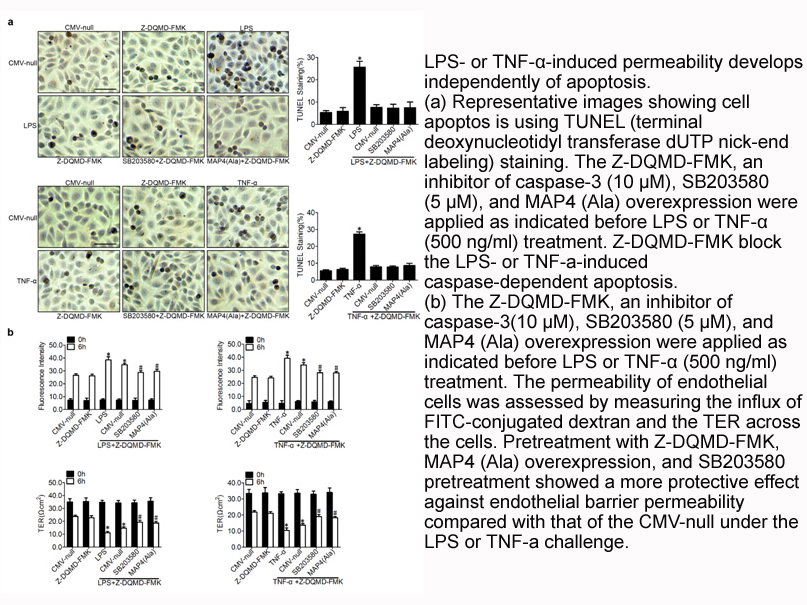
CXCR5 CXCR5 is a homeostatic chemokine receptor for lymphocytes and plays a critical role in the development of lymphoid organs as well as regulating the interaction between antigen presenting cells and lymphocytes (Cannons et al., 2012). It is one of the major chemokine receptors dictating norma
-
Under optimized assay conditions very low concentrations pM
2021-05-18
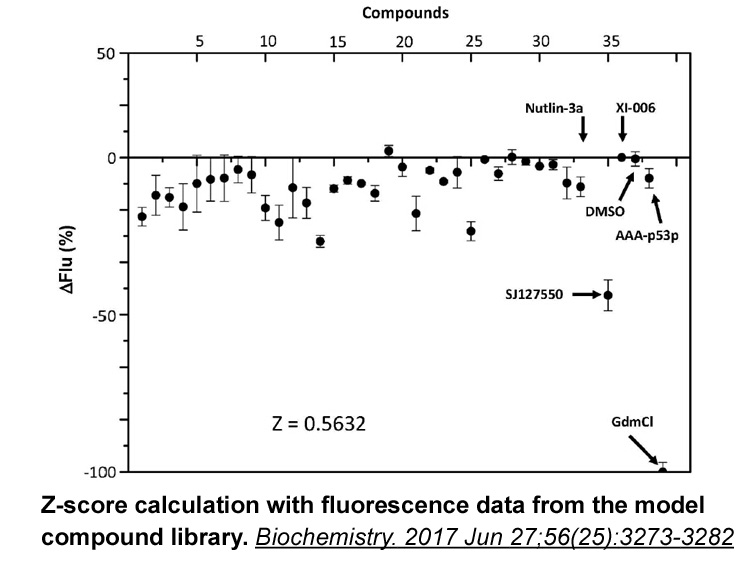
Under optimized assay conditions, very low concentrations (20pM) of [125I]YP20 bound to hCRF1-CHO Apoptosis Inhibitor australia membranes with high specificity (>95% inhibited by 1μM astressin) and in a membrane protein-dependent manner. Specific binding was selective vs. the hCRF2α subtype because
-
Where does this transfer process
2021-05-18

Where does this transfer process occur? The maternal side of the placenta is textured and spongy looking. The surface has 20–30 distinctive compartments named cotyledons, inside of which are the chorionic villi that form the principal functional structural unit of the placenta. These villi are compl
-
Index Kit 2 br Conclusion To our knowledge this study is the
2021-05-18
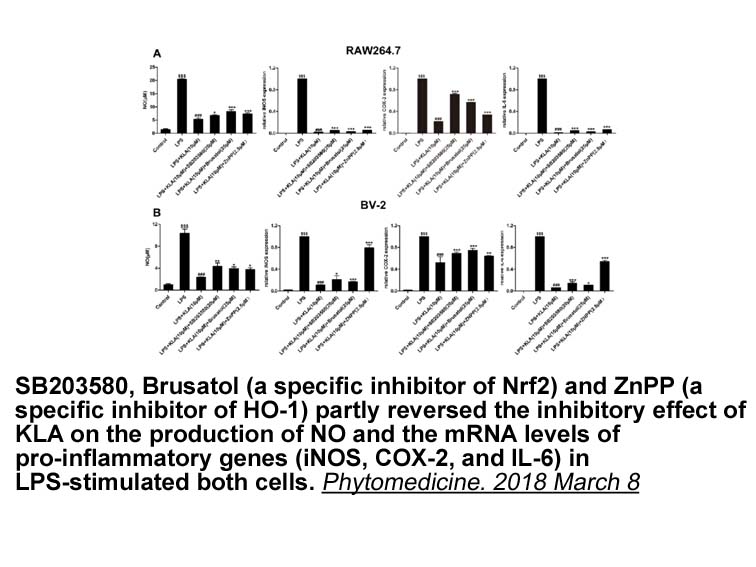
Conclusion To our knowledge, this study is the first to give evidence that the ETA selective antagonist BQ-123 reverses the cisplatin-induced ARF mainly via restoring SOD activity, in addition to other antioxidant parameters, NO, TNF-α and caspase-3 levels. And that this protective effect require
-
br Progestogens and venous thromboembolism clinical data br
2021-05-18
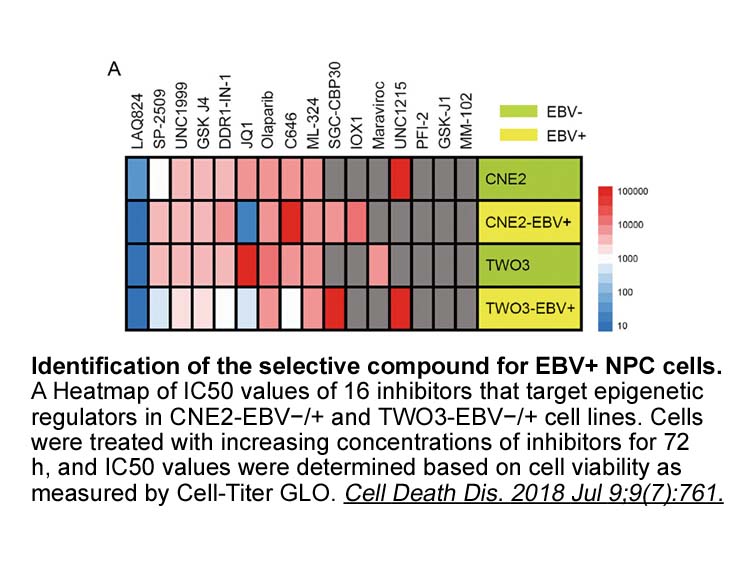
Progestogens and venous thromboembolism: clinical data Progestogens and haemostatis: biological studies For many years, the effect of HT on haemostatis has been largely investigated in observational studies as well as in high evidence level studies among users of oral and transdermal estrogens
-
In the present study we
2021-05-18
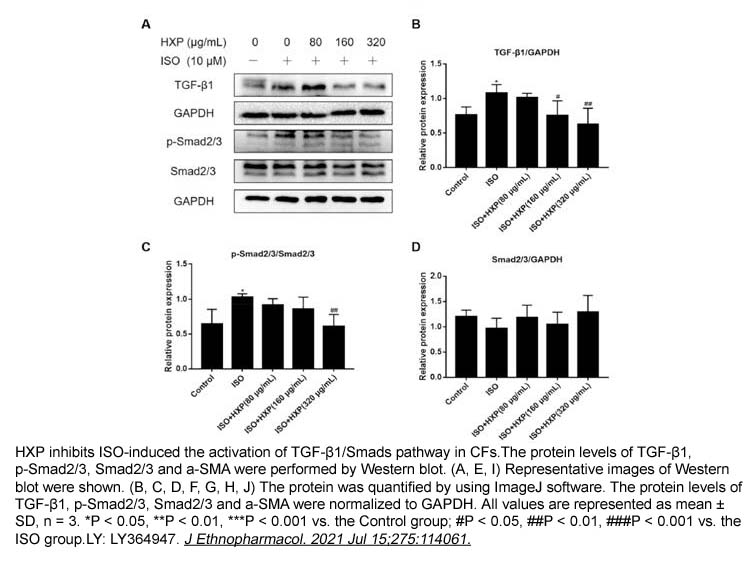
In the present study, we determined concentration–response relationships for selected synthetic progestogens using in vitro luciferase transactivation assays driven by PR, ARα and ARβ from Murray–Darling rainbowfish () and compared the profiles with those obtained from similar assays based on human
-
Functional studies revealed that these ESR mutations
2021-05-18
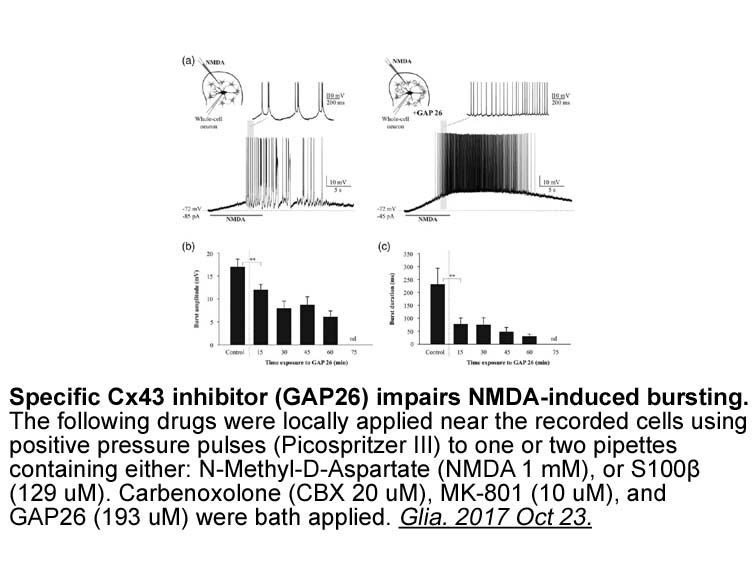
Functional studies revealed that these ESR1 mutations lead to constitutive activity of the ER, meaning that the receptor is active in absence of estrogen, conferring resistance against several endocrine agents. Recent studies reported that the occurrence of ESR1 mutations is rare in ER+ primary brea
-
Another clinical study indicated the daily consumption
2021-05-18
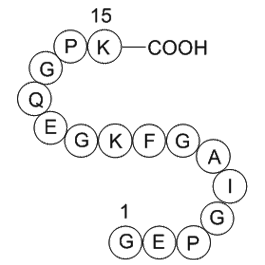
Another clinical study indicated the daily consumption of green tea with low concentrations of theanine and catechin would improve cognitive function (Ide et al., 2014). Further, in a double blind randomized clinical study involving 102 patients, the Hypericum extract was examined in terms of effica
-
p and p which are downstream of
2021-05-18
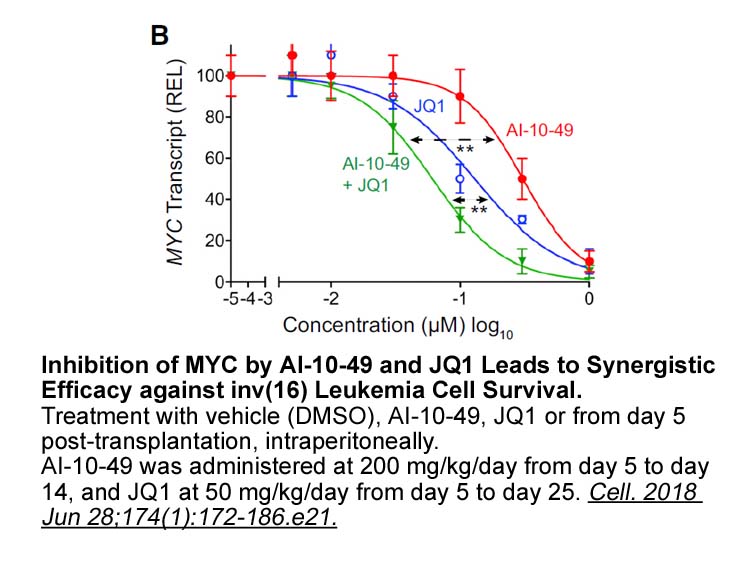
p21 and p16, which are downstream of pAkt and pERK1/2, are tumor suppressors which induce cell senescence and bicuculline arrest [[56], [57], [58]]. Inhibitors of pAkt or pERK1/2 can activate p21 and p16 and promote cell senescence and cell cycle arrest [11,12,[59], [60], [61]]. It is well known tha
-
br Conclusion In summary a novel and label free fluorescence
2021-05-18

Conclusion In summary, a novel and label-free fluorescence assay was developed for detection of Cu2+ and galactose oxidase using water-dispersible homogenous alloyed CdZnTeS QDs. The CdZnTeS QDs were firstly synthesized via a simple one-pot hydrothermal route using DMSA as the S source, surface l
15773 records 629/1052 page Previous Next First page 上5页 626627628629630 下5页 Last page